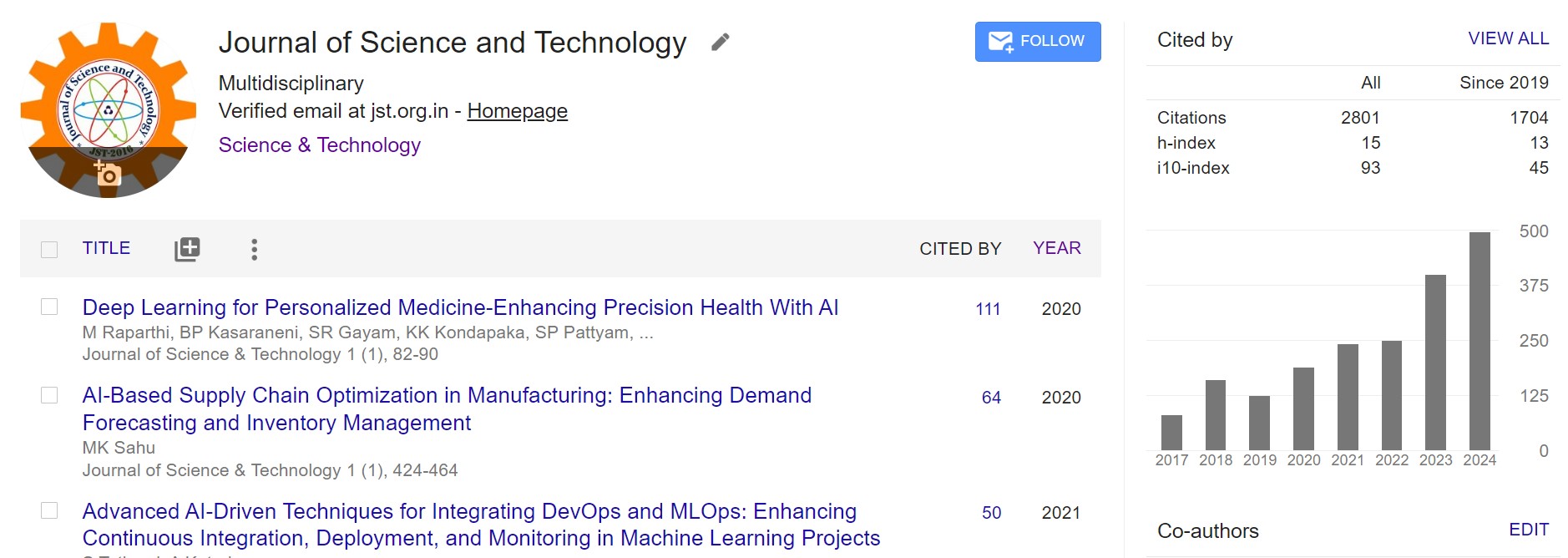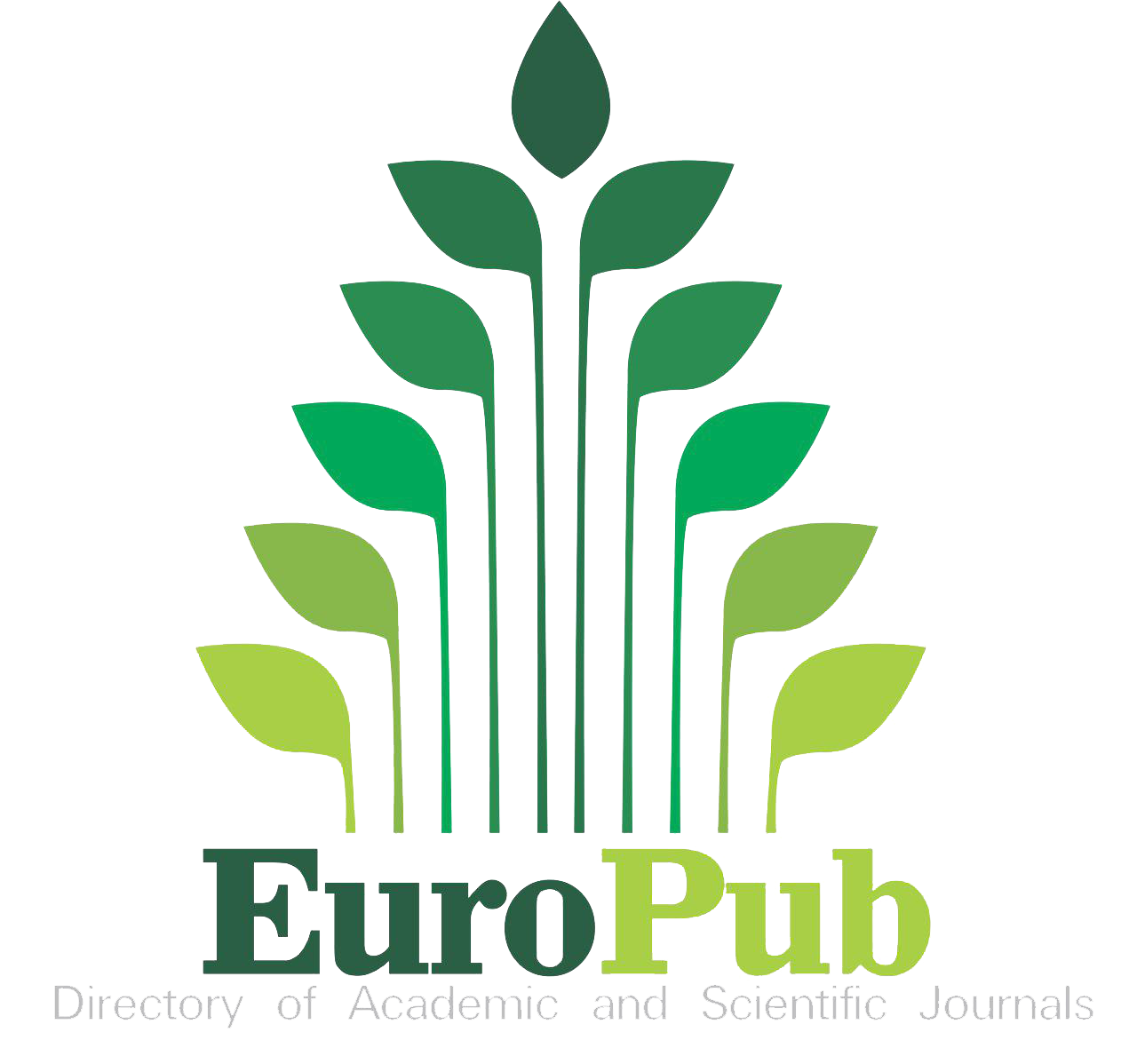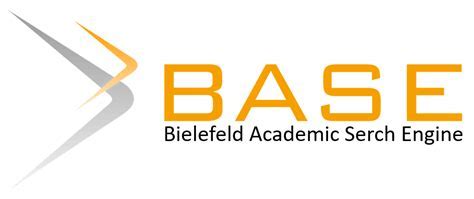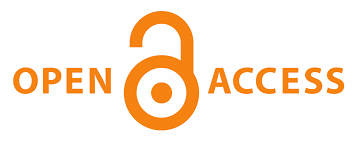Teaching Teamwork in Engineering and Computer Science
DOI:
https://doi.org/10.46243/jst.2022.v7.i10.pp136-148Keywords:
Smart Grid, Quality of Service (QoS), Communication Technologies, Standards, Ad- vanced Metering Infrastructure (AMI)Abstract
—For a hundred years, there has been no change in the basic structure of the electrical power grid. Experiences have shown that the hierarchical, centrally-controlled grid of the twentieth century is ill-suited to the needs of the twenty-first. To address the challenges of the existing power grid, the new concept of smart grid has emerged. The smart grid can be considered as amodern electric power grid infrastructure for enhanced efficiencyand reliability through automated control, high power converters,modern communications infrastructure, sensing and meteringtechnologies, and modern energy management techniques based on the optimization of demand, energy and network availability, and so on. While current power systems are based on a solid information and communication infrastructure, the new smart grid needs a different and much more complex one, as its dimension is much larger. This paper addresses critical issueson smart grid technologies primarily in terms of information and communication technology (ICT) issues and opportunities. The main objective of this paper is to provide a contemporary look at the current state of the art in smart grid communications as well as to discuss the still-open research issues in this field. It is expected that this paper will provide a better understanding of the technologies, potential advantages and research challenges of the smart grid and provoke interest among the research community to further explore this promising research area.


























